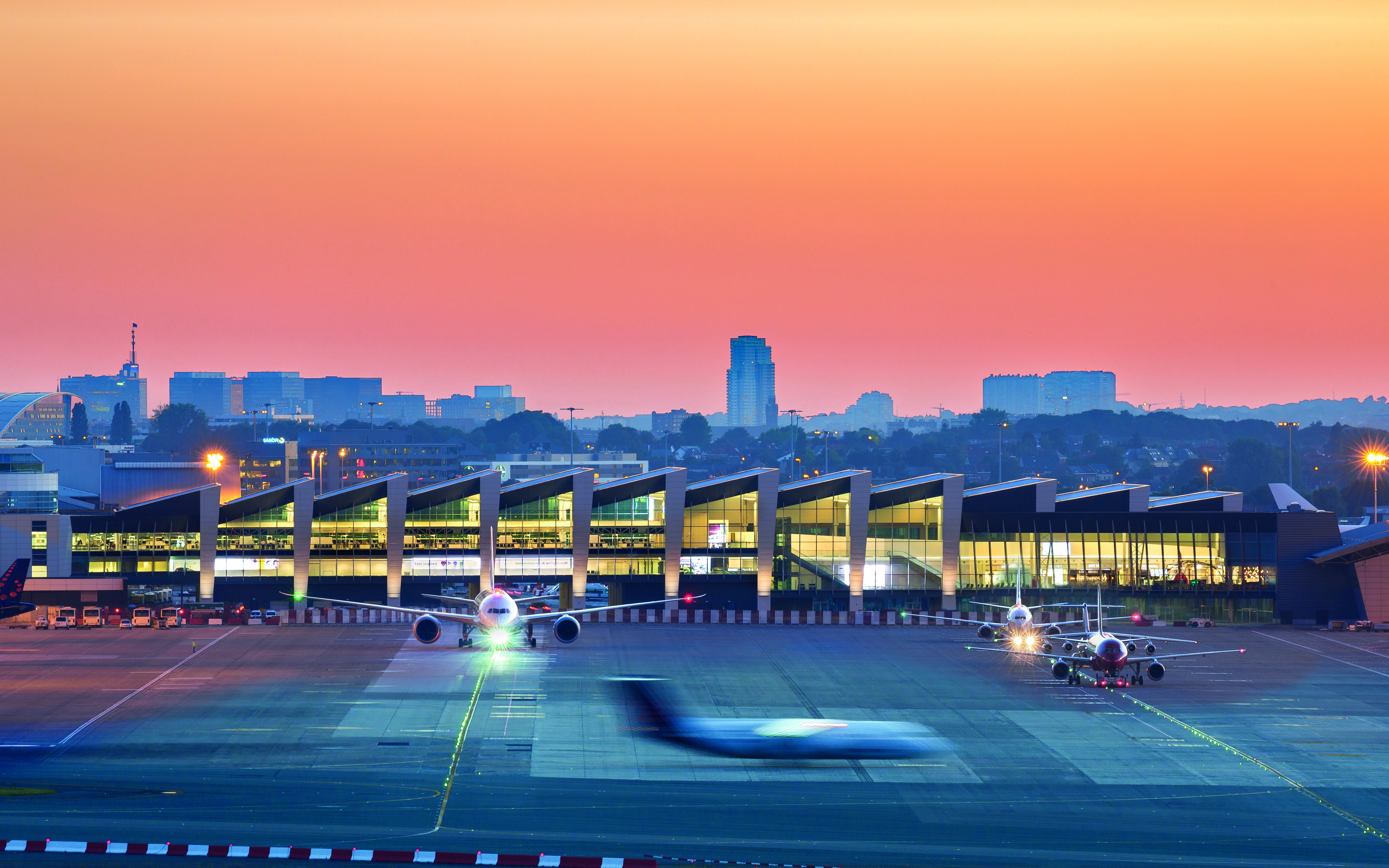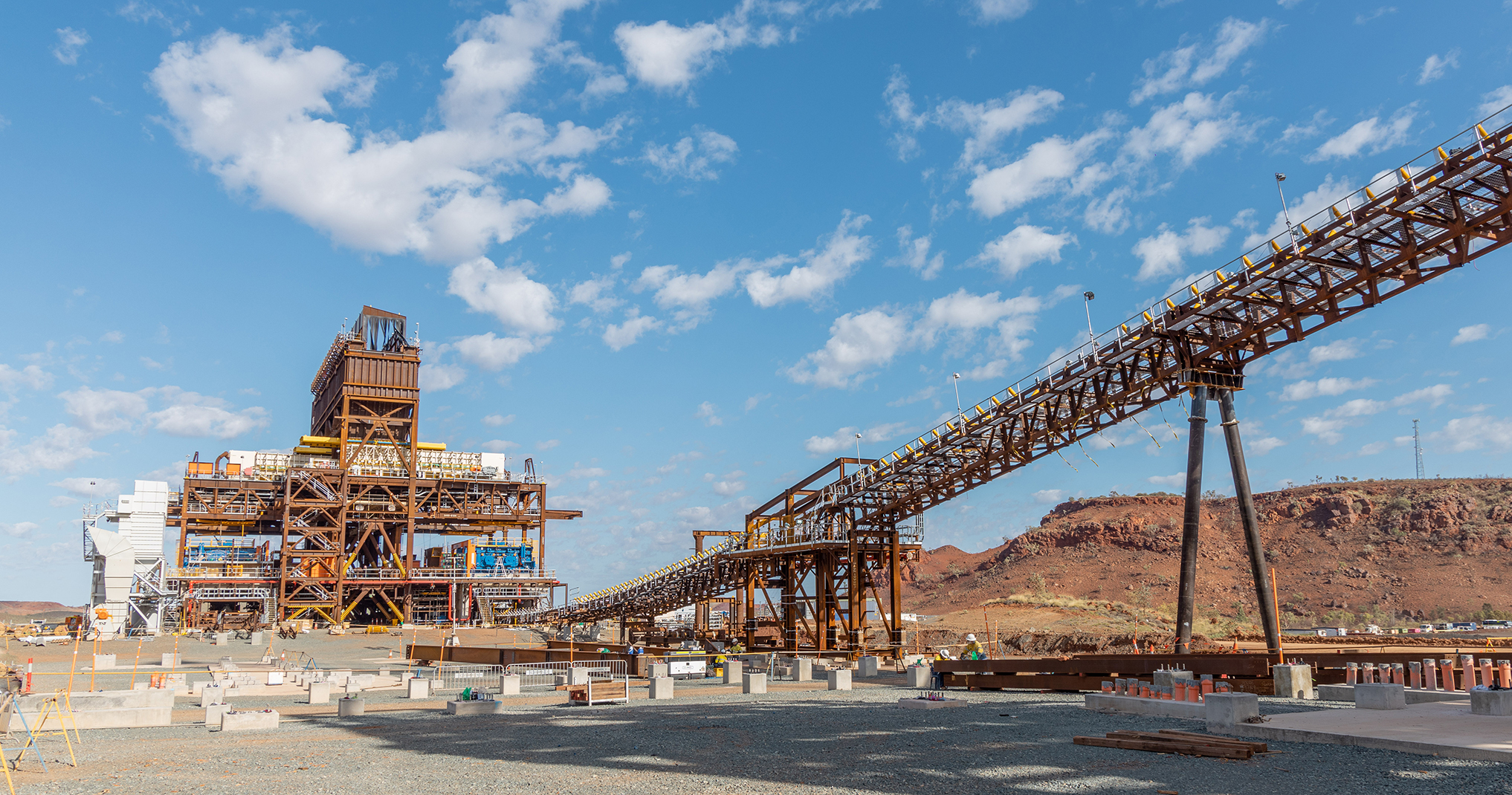
Few cities are European in the way that Brussels, the multilingual capital city of Belgium, is. This is reflected by the fact that, as the administrative capital of the EU, it is also known as ‘the capital city of the EU.’ This is where nearly all the important EU-level decisions are made on an ongoing basis - the beating heart of the European project.
In this context, Brussels Airport acts as a nexus for all of Europe. When passing through its terminal, it’s not unusual to bump into well known senior European politicians coming to and from the city. However, they’re not the only ones: in 2018, over 25 million passengers passed through the airport, from a total of 238 destinations, shuttled by nearly 80 airlines.
We recently by Brussels Airport to find out about the new directions the airport is taking, particularly in the areas of sustainability and integrating with other modes of transport in and around the city. We started by learning about the social and economic impact that it has on Belgium at large.
Social and Economic Impact
One of the standout statistics about Brussels Airport is that it contributes almost 2% to Belgium’s GDP every year, and has an estimated added value of around €3.2 billion to the country’s economy. In terms of employment, it directly employs 24,000 people, but that figure jumps to 60,000 people when indirect employment is accounted for.
Brussels Airport closely works together with regional public employment agencies including VDAB (Flanders), Actiris (Brussels) and Forem (Wallonia) to bring together employers at the airport and jobseekers, and promotes an improved accessibility of the airport by public transport to make sure that they arrive at work.
Making sure that thousands of jobs can be created at Brussels Airport in the coming years and continuing to connect Belgium to the rest of the world is our everyday challenge. In doing so, the airport strives to achieve the optimal balance between economic growth and the impact on the environment in a stable legal and regulatory framework.
One of the ways in which the airport has a daily impact on the social fabric of the city is by being an intermodal transport hub. That is - unlike most cities - the airport in Brussels is the centre of the action rather than a bus journey into a neighbouring commuter city. Many people already travel by public transport to the airport now, not to catch a plane, but to easily change to another means of transport.
They’re using Brussels Airport as a junction where they change to another means of transport on their way to work, school or any other destination. Management at the airport wants to develop this role even more in the future, so we can contribute towards solving the mobility problems in our region.
Building on its role as a mobility hub
Recognizing its role as a mobility hub, the management at Brussels Airport have set out to improve on that for the citizens of Brussels. They envision a future with more train services, 24/7 bus services, an airport shuttle, tram connections, connections with local cycle paths and new access roads.
This vision led them to set an ambitious target that by the year 2040, 50% of the passengers and the airport employees will come by public transport, bicycle or on foot, as compared with the current 30%. That will help to reduce traffic congestion in the region as a whole. Airport management is working with the government and with the transport companies to give substance to this plan.
The next few years will also see the introduction of an automated airport shuttle. The self-driving people mover has already clocked up its first few metres at Brussels Airport. In the month of November 2019, the shuttle performed several demo trips without passengers to test the technology in a real-life environment. In 2021, it will be fully ready.
Developing Transport means Developing Sustainability
The increasing role of Brussels Airport as a mobility hub for the city means that it needs to get sustainability right. The good news is that it does, and it continues to improve. As recently as March 2019, the airport put in place a fleet of electric buses, dramatically reducing carbon emissions for journeys to and from the airport’s terminal. They represent just a small step that the airport will make to reach its target of 40% carbon reduction (from 2010 output) by 2030.
Sustainability is one of the most important values of Brussels Airport Company. One of the key aspects of sustainability within Brussels Airport Company is care for the environment, the surrounding area and energy consumption. Its environmental and energy policy fits in with the mission and vision of the company.
The airport’s environmental policy looks at a broad spectrum of environmental sustainability: Energy and CO2 reduction, waste reduction and disposal, water use limitations and treatment, soil maintenance and noise control. These goals, in turn, drive the operations at the airport, and every time a management decision is made, the environmental criteria must underpin it.
For example, all new buildings at Brussels Airport are designed setting out from particularly strict sustainability criteria. The energy consumption of the future fire stations for instance will be virtually zero, by resorting to solar panels, solar water heaters and heat pumps. Elsewhere, a study into the biodiversity at the Brussels Airport site is to be conducted in association with non-profit organisation Natuurpunt, in order to better identify how to safeguard or even improve this biodiversity.
Brussels Airport is also signing up to the Flemish Government’s Circular Procurement Green Deal. This implies that, over the coming two years, the airport operator undertakes – where possible – to procure high-quality raw materials, equipment or products that can be recycled after use. Brussels Airport has invested heavily in renewable materials and energy in recent years.
Partners and Suppliers
Transporting 25 million passengers every year would be an impossible task without the assistance of the finest partner companies in the aviation industry. These include Vanderlande - the global market leader for value-added logistic process automation at airports and in the parcel market. It has also been invaluable in allowing the Brussels airport to implement its logistics strategy.
Vanderlande is backed up by Fost Plus, which contributes to a more sustainable waste management at the airport facility. Other services within the airport are carried out by Aeroservices sprl, Mobility Masters (which helped with the delivery of the recently-arrived electric buses) and Swissport Belgium N. V.
The responsibility for the huge volumes of fuel required by the airport’s visiting aircraft has been delegated to Skytanking Holding GmbH and Brussels Airfuels Services.
Finally, the airport also maintains close relations with Textron Sweden AB - a developer of state-of-the-art aviation technology - and Engie Fabricom NV. The latter is an engineering and consulting firm which has been central to the airport’s delivery of a renovated runway in 2020 to cater for its ongoing passenger growth.
Onward and Upward
Change continues apace at Brussels Airport. In 2019, it opened a new logistics building at BruCargo, its logistics platform. This is a crucial addition for the import and export of goods to and from Belgium. BruCargo, already has more than one hundred different countries operating on its logistics chain, making it an important logistics hub for international trade and air transport in Europe.
In 2020, the airport will deliver a renovated runway - the first renovations which have been made on the runway since 1996. This renovation has involved replacing the entire surface (which has an area of 3.3 kilometres in length by 45 metres in width). Its arrival will allow the runway’s life to be extended for a further 15 years, guaranteeing the best possible landing and takeoff standards for aircraft.
Finally, the airport’s Vision 2040 envisions doubling the number of airport-related jobs in the next two decades. The plan is supported by a long-term development plan by Belgium as a whole and underlines the airport’s role as a growth hub for the country. It will deliver more destinations for its passengers and more import and export opportunities for business. The capital of Europe, it seems, has an airport worthy of its name.
DOWNLOAD
 Brussels Airport - Dec 2019_0.pdf
Brussels Airport - Dec 2019_0.pdf

















